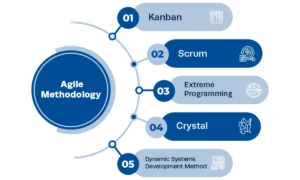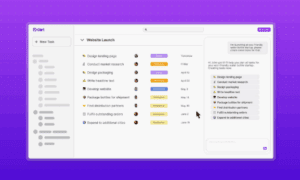The healthcare industry constantly manages a complex system of claims and denials, where even minor missteps can disrupt financial flow and impact patient care. Healthcare providers face the ongoing challenge of addressing these denials while balancing operational efficiency and financial stability. Every denied claim represents more than a missed payment—it triggers a costly cycle of rework, delays, and potential revenue loss.
Handling claim denials effectively isn’t just about fixing problems after they occur. It’s about shifting from reactive responses to a proactive strategy that safeguards revenue streams and strengthens financial health. Focusing on proactive denial management allows healthcare providers to minimize revenue leakage while also uncovering hidden financial opportunities. This strategic approach not only supports smoother day-to-day operations but also drives long-term growth and financial stability.
Spotting Revenue Loss from Claim Denials
A specialist in denial management services explains, “Every denied claim is more than just lost revenue—it’s a sign that something needs fixing. Finding out why claims get denied helps cut down on admin costs, avoid future mistakes, and keep cash flow steady.” Denials don’t just slow down payments—they also lead to extra costs because staff need time and resources to fix them. Regular audits and simple documentation training for staff can help spot ongoing issues, stop revenue loss, and strengthen financial stability.
Ignoring unresolved denials only makes things worse, leading to more lost revenue. To stop this leakage, organizations need to analyze claims processes and reimbursement timelines. Regular audits and staff training on proper documentation can uncover recurring issues and highlight problem areas.
Improving Profits with Denial Prevention
Strong denial prevention strategies can greatly improve profit margins. Using data-driven processes helps monitor claims more effectively and spot patterns that lead to denials. Predictive analytics can highlight potential rejections, letting teams fix issues before claims are submitted. For example, integrating machine learning algorithms into claims management systems can identify high-risk claims based on historical denial data, helping staff make preemptive corrections.
Accurate documentation plays a key role. Training staff on correct claims submission reduces rejection rates. Real-time eligibility checks can also help avoid unnecessary denials. For instance, using electronic health record (EHR) systems with integrated coding tools can help staff catch common documentation errors before submission. Investing in these resources builds financial strength over time.
Speeding Up Reimbursements with Smart Solutions
Targeted tactics can speed up the denial resolution process. Streamlined workflows remove unnecessary steps, letting teams focus on what matters most. Automated claim tracking helps monitor unresolved issues, enabling quicker follow-ups and better efficiency. For example, using real-time claim status alerts can immediately notify staff of denied claims, allowing for faster corrections and resubmissions. This results in faster resolutions and improved cash flow.
Collaboration between payers and providers also helps resolve denials faster. AI tools can prioritize high-value claims, helping staff use their time wisely and shorten turnaround times. A focused strategy like this leads to a more efficient reimbursement process.
Improving Financial Forecasting with Denial Trends
Trend analysis gives organizations the data they need to predict financial outcomes more accurately. Understanding historical denial patterns reveals where revenue fluctuations might occur. For instance, identifying seasonal spikes in denials—such as an increase during insurance policy renewals—allows healthcare providers to allocate additional resources during peak times.
Spotting payer-specific trends highlights recurring rejection issues, guiding efforts to fix them. Tracking these trends against performance goals helps monitor progress in reducing denials. Regular reviews keep forecasting accurate and help adjust strategies as needed.
Cutting Costs by Streamlining Operations
Overhead costs can strain healthcare organizations, so improving operational efficiency is key. Automating claims management reduces manual work, cutting administrative costs and freeing up staff to handle more complex issues. For instance, implementing automated coding software can speed up claim preparation and reduce human errors, leading to faster reimbursements and lower administrative overhead. This shift leads to smarter resource use.
Better communication across departments speeds up claim processing and reduces delays. For example, creating a centralized claims dashboard allows teams to track claim statuses in real time, preventing bottlenecks and promoting transparency. A proactive approach to denial management helps use resources more effectively, leading to smoother operations and lower costs.
Managing claim denials isn’t just about fixing mistakes—it’s about staying ahead to protect revenue and keep operations running smoothly. Tracking denial trends, training staff on accurate documentation, and using predictive analytics help reduce errors and cut down on costly rework. Automation speeds up claim tracking and reimbursements, while real-time alerts and AI tools help teams focus on high-value claims. Strong communication with payers and between departments makes the process even faster. Regular audits and data reviews help fine-tune strategies, leading to fewer denials, lower costs, and better long-term financial stability.



































